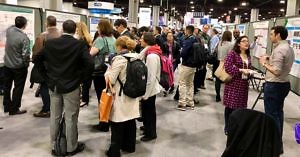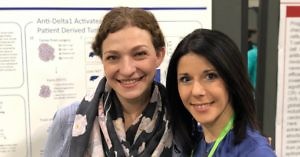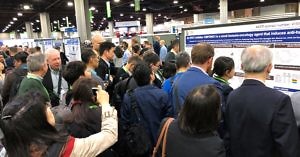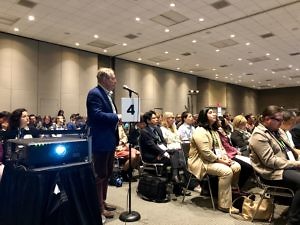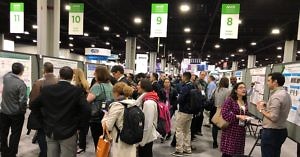Dancing with proteins
I must confess that a preclinical session I wandered into back in 2008/9 after getting lost in the far corner of a conference centre included brief details on an experimental 4–1BB CAR-T cell construct was both unusual and intriguing at a time when monoclonals and TKIs were all the rage. Who would have guessed then, though, that the fledgling idea would go onto leading a revolution in a new type of therapeutic approach that is becoming more commonplace a decade later?
Learning from preclinical developments is therefore a great way to understand what we might see in the future, however weird and wacky it may appear at the time. While many new concepts may not see the cold light of day, they can contribute in some small way to incremental improvements. After all, scientists are always looking to refine, enhance, and improve on what we have through knowledge, so we shouldn’t really be surprised when intriguing new ideas eventually start filtering through. There’s always a better way to do drug a target or find a new target.

Untangling proteins
With this mood in mind, we have already highlighted several areas where knowledge and creative scientific thinking is starting to evolve into new compounds, with other ideas yet to be fleshed out.
Today, we offer a new thought leader interview in this genre, where a relatively young biotech are doing something completely different and thinking creatively outside the box.
Whether their novel ideas will lead to a future blockbuster is anyone’s guess – we can certainly applaud their thinking and endeavour in trying to push the boundaries of what’s possible in an endeavour to change things for the better…
To learn more from our latest thought leader interview, conference coverage and oncology insights, subscribers can log-in or you can click to gain access to BSB Premium Content.
This content is restricted to subscribers


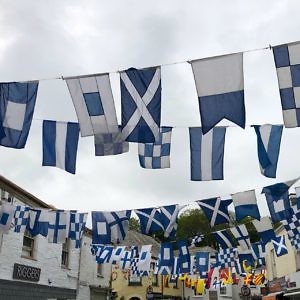
 Can this knowledge be used effectively in the design of anti-cancer therapeutics?
Can this knowledge be used effectively in the design of anti-cancer therapeutics? After we first spoke with Gritstone a couple of years ago, things seemed to go a bit quiet on the western front while Neon, BioNTech, and Achilles all had news to talk about. It’s always hard to choose from rock-paper-scissors and this may well be another modern twist of that genre until clinical data proves otherwise.
After we first spoke with Gritstone a couple of years ago, things seemed to go a bit quiet on the western front while Neon, BioNTech, and Achilles all had news to talk about. It’s always hard to choose from rock-paper-scissors and this may well be another modern twist of that genre until clinical data proves otherwise.